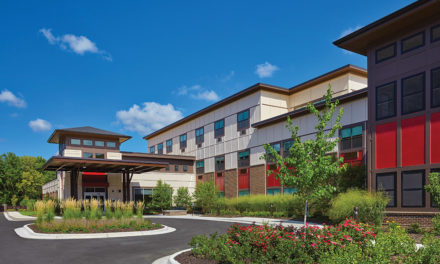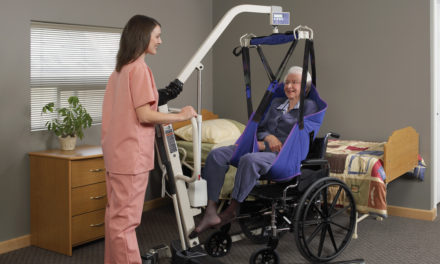Certain HVAC Solutions May Reduce Airborne Infection in Long Term Care
Infections are the leading cause of death in Long Term Care facilities, accounting for 380,000 deaths annually,1 including influenza, pneumonia and others. Pathogen-carrying droplets or aerosol particles and poor indoor air quality have taken center stage in today’s fight against infection control and prevention in healthcare facilities. It’s crucial to consider modifications to airflow as well as clinically effective HVAC solutions that may reduce the risk of airborne transmission in Senior Living communities.
Let’s evaluate three different HVAC solutions for better infection prevention and improved indoor air quality. These are:
- Dilution & Filtration
- Ultraviolet Germicidal Irradiation (UVGI)
- Needlepoint Bipolar Ionization (NPBI)
HVAC Solution #1: Dilution and Filtration for Particulate Matter Reduction
According to ASHRAE: “Ventilation and filtration provided by heating, ventilating, and air-conditioning systems can reduce the airborne concentration of [viruses] and thus the risk of transmission through the air.”3
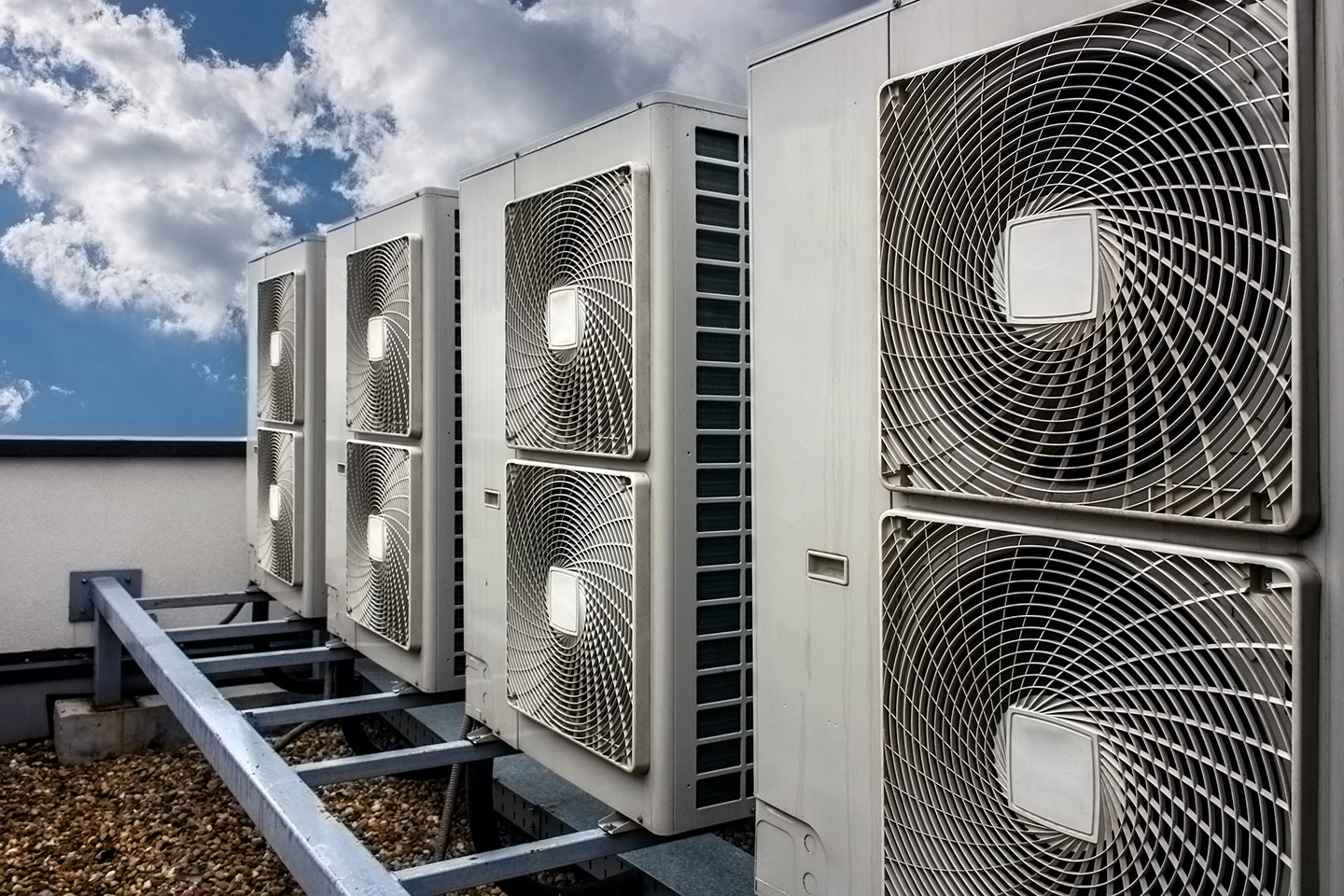
Pros:
- Cost-effective
- Thoroughly tested, documented and well understood
Cons:
- Unconditioned spaces can cause thermal stress to vulnerable seniors and increase risk of infection
- Increasing outdoor air intake in high-pollutant areas can contribute to poor air quality
- Full make-up air capabilities not standard on many Senior Living HVAC systems
- Minimum Efficiency Reporting Values (MERV) ratings are a measure of a filter’s ability to capture particles 0.3 to 1.0 microns. MERV values are not standard and will vary from one brand to the next, so it’s important to check brand, system and compatibility. Find MERV Filters here.
- High Efficiency Particulate Air (HEPA) filters are a type of pleated mechanical air filter and can theoretically remove at least 99.97% of dust, pollen, mold, bacteria, and any airborne particles with a size of 0.3 microns. The diameter specification of 0.3 microns responds to the most penetrating particle size (MPPS).4 Generally, your HVAC system needs to be compatible with a HEPA filter or it may not work as effectively. More system power would then be required, resulting in increased energy bills and extra strain and maintenance on your system. Find HEPA filters here.
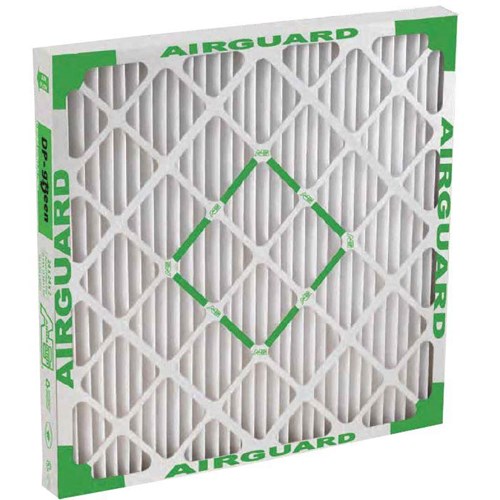
Pros:
- Cost-effective
- Traps particles and pathogens
- Thoroughly tested, documented and well understood
- Enhanced effectiveness when combined with other IAQ technologies like NPBI
Cons:
- Does not trap VOCs (odors)
- Requires regular replacement
- May decrease HVAC system efficiency if HEPA or higher MERV rating filters are installed
CMP Funding Available now for Indoor Air Quality Improvements
HVAC Solution #2: Ultraviolet Germicidal Irradiation (UV-C) for Disinfection
Ultraviolet light has long been known for its disinfection properties. UV-C products emit a specific band of UV light (radiation) that can break down pathogens, and is available in many applications to treat water, surfaces and indoor air. It can be installed in several ways.
UV-C in HVAC Air Handler Units
UV-C for healthcare HVAC systems is typically installed near the primary air conditioning coil. Most airborne pathogens that the UV light is concentrated on or that pass within the UV bulb’s line of sight can be destroyed, and its positioning near the coils provides added sterilization of condensation that forms on coils and fins. Combining with filtration to remove passing dead pathogens makes for an even more effective solution.
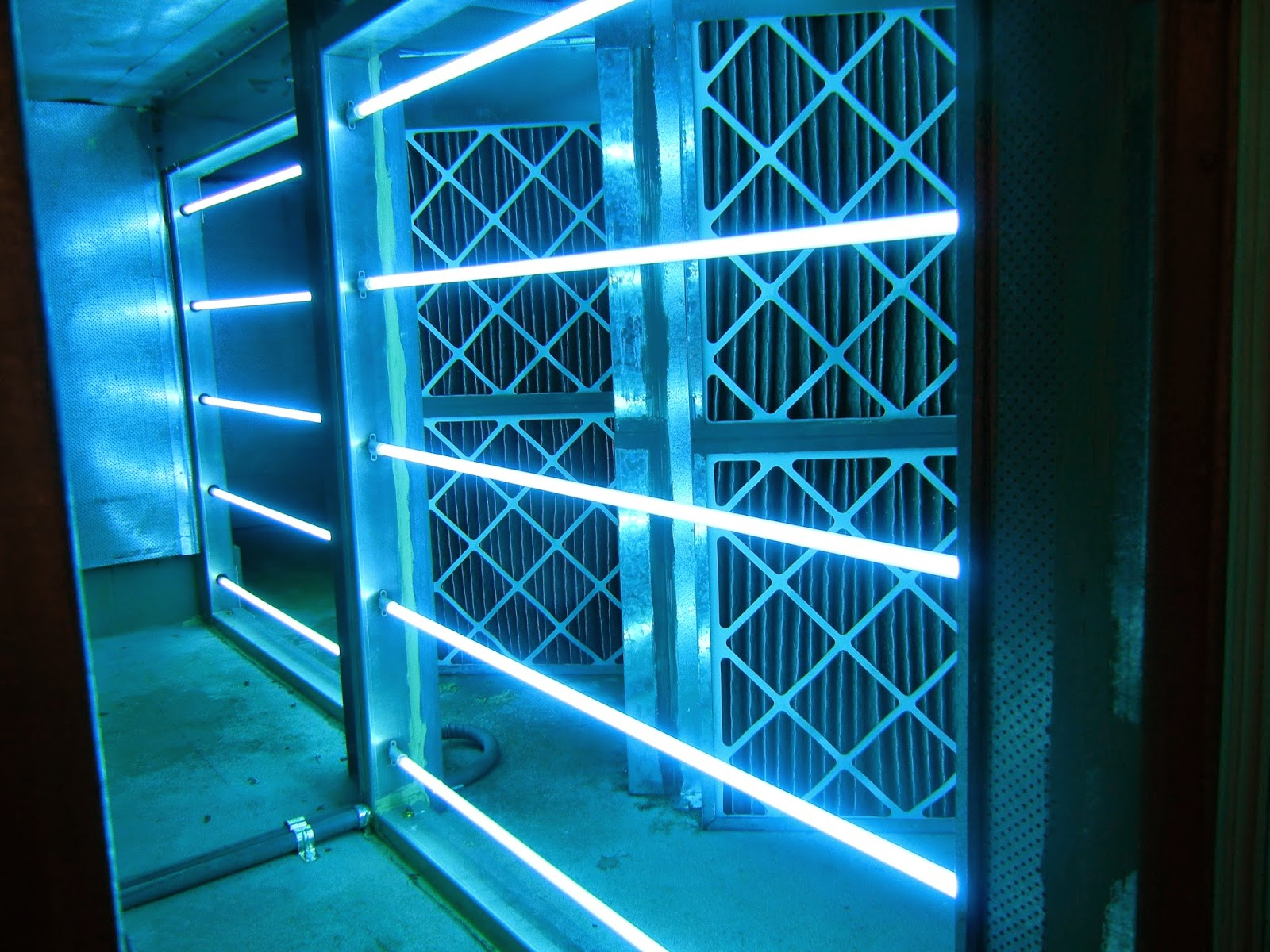
Pros:
- Proven effective
- ASHRAE recommended
- Doesn’t affect system efficiency and airflow
- Won’t damage unit coils
- Energy efficient
Cons:
- Requires regular cleaning and replacement to maintain efficacy
- Reactive: only kills what it “sees”
- Harmful: precautions required to avoid exposure to skin and eyes
HVAC Solution #3: Needlepoint Bipolar Ionization (NPBI™) for More Efficient Filtration
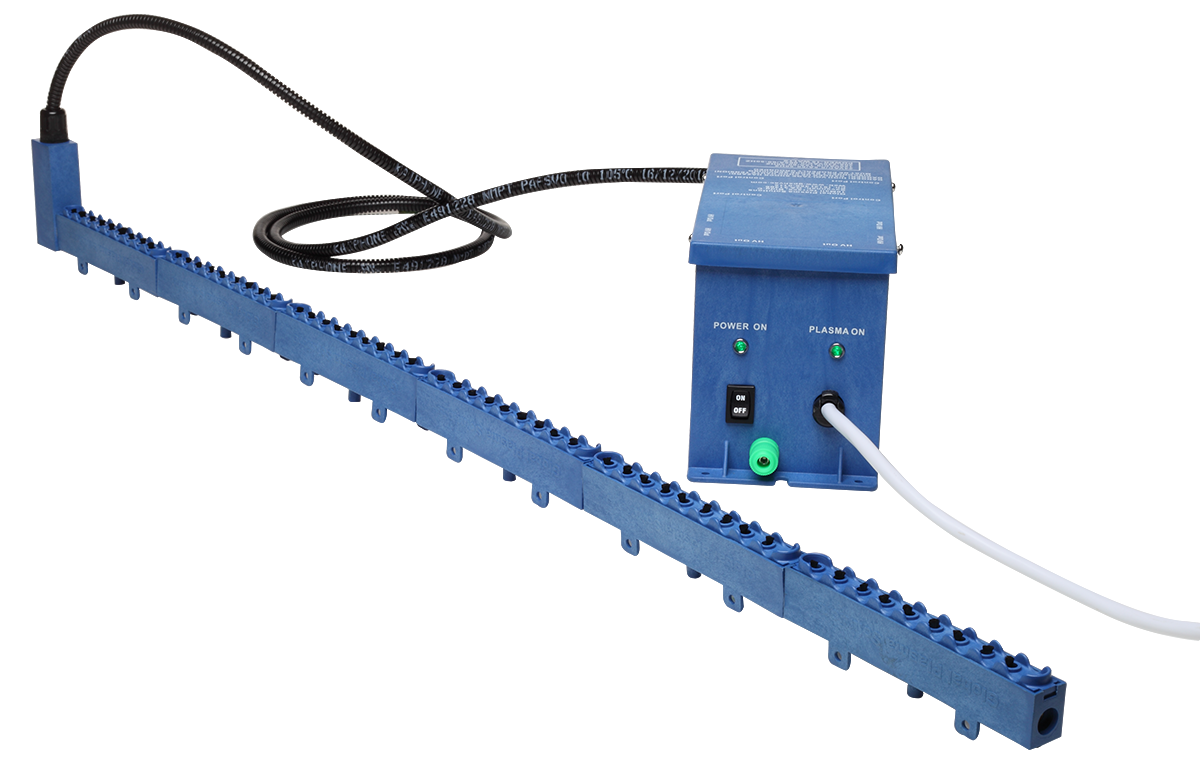
Pros:
- Lab tested to kill or inactivate many viruses, including SARS-CoV-2
- Proactive: ions are sent into spaces to find and inactivate pathogens
- Doesn’t affect system efficiency and airflow
- Won’t damage unit coils
- Energy efficient
- No maintenance required
Cons:
- Some older versions of ionization technology could create harmful ozone; confirm with the manufacturer that their technology is certified to not create ozone (Note that Direct Supply’s bipolar ionization technology is UL 2998 Certified to be ozone-free)
Want to learn more about Indoor Air Quality, HVAC Solutions, and Infection Prevention?
Watch our IAQ in Long Term Care Webinar, available now on-demand.
1 “Long-Term Care Facilities | CDC.” Centers for Disease Control and Prevention, Centers for Disease Control and Prevention, https://www.cdc.gov/longtermcare/index.html. Accessed 25 June 2020.
2 Times, The New York. “43% of U.S. Coronavirus Deaths Are Linked to Nursing Homes.” The New York Times, 27 June 2020, www.nytimes.com/interactive/2020/us/coronavirus-nursing-homes.html. Accessed 30 June 2020.
3 “COVID-19: Resources Available to Address Concerns.” Home | Ashrae.Org, https://www.ashrae.org/technical-resources/resources. Accessed 25 June 2020.
4 “What Is a MERV Rating? | Indoor Air Quality (IAQ) | US EPA.” US EPA, 19 Feb. 2019, https://www.epa.gov/indoor-air-quality-iaq/what-merv-rating-1.
5 Inactivation results based on sensitivity testing conducted by independent third-party testing laboratory using control chambers. Multiple data points are used to formulate performance validation statements. The technology is used in a wide range of applications across diverse environmental conditions. Results in non-lab environments will vary; clients should evaluate their individual application and environmental conditions when making an assessment regarding the technology’s potential benefits. For all independent laboratory results, contact your TELS representative. The use of this technology is not intended to take the place of reasonable precautions to prevent the transmission of pathogens (including COVID-19). Comply with all applicable public health laws and guidelines as well as CDC guidance.

